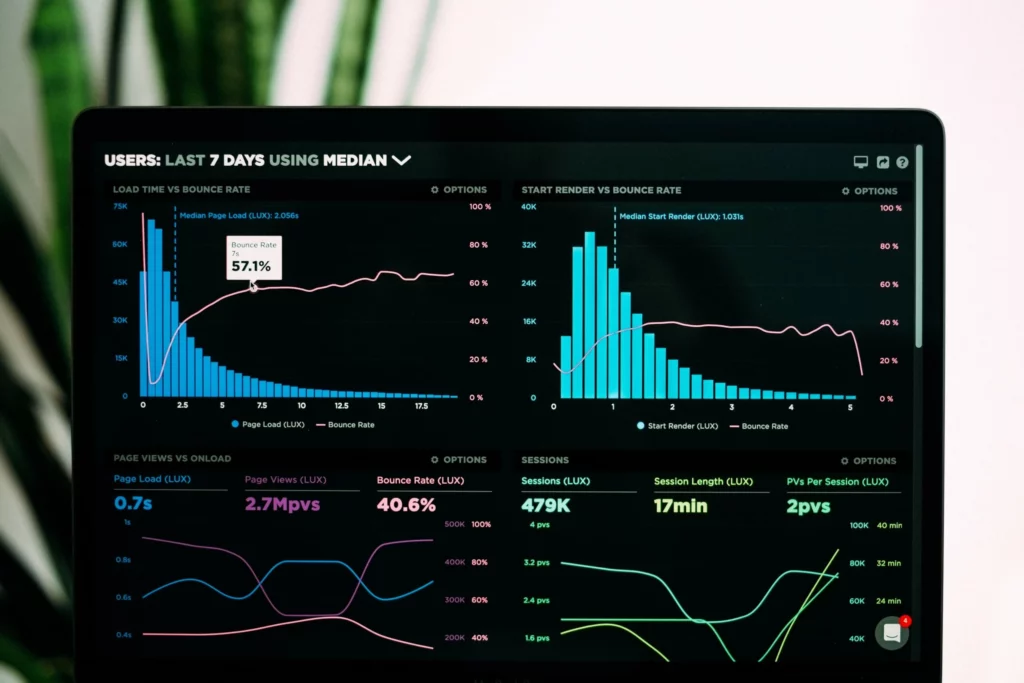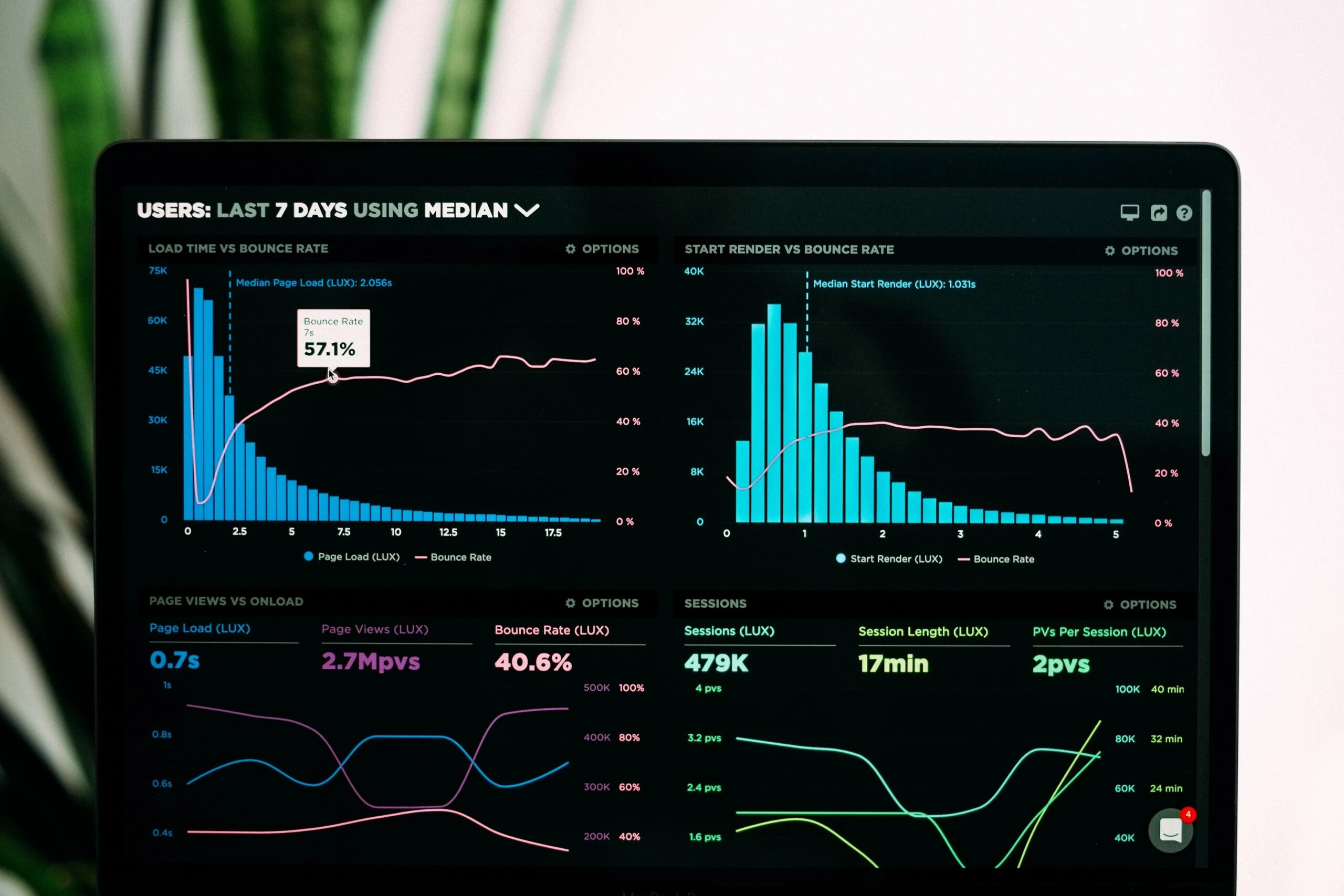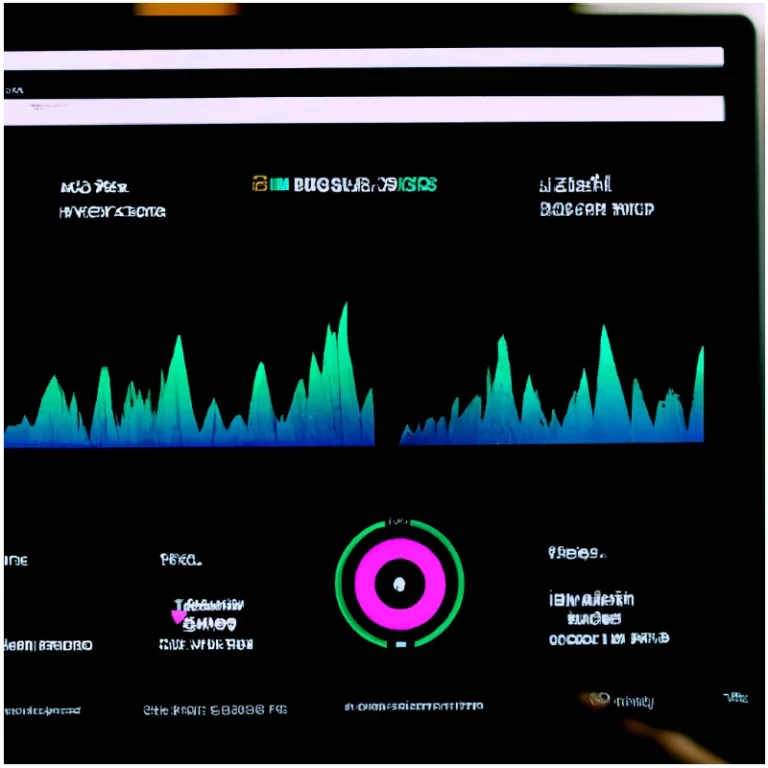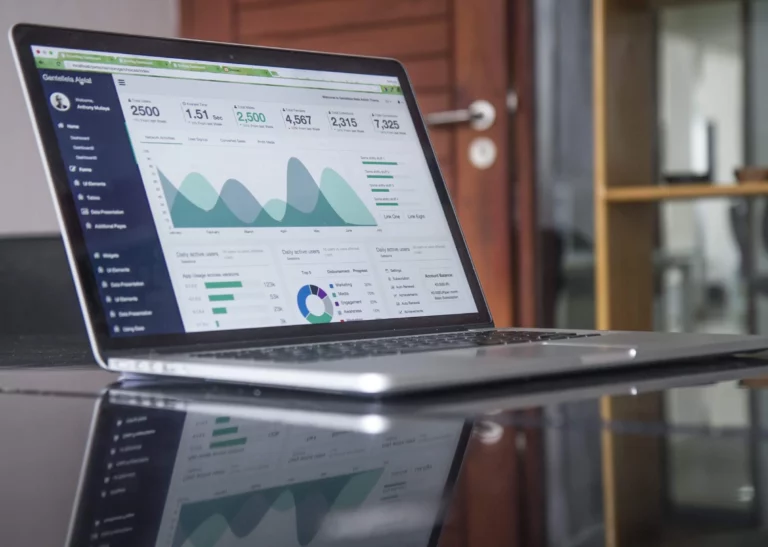Google Analytics; 7 Steps to Move Away, and Why!
1. Introduction
For the past year, we’ve been working on moving away from Google Analytics and using other tools for data collection and analysis. In this post, we’ll explain why we made this decision and what we’ve been using instead.
There are several reasons why we decided to move away from Google Analytics. First, we were looking for a tool that would give us more usable data. Google Analytics provides a lot of data, but it can be difficult to segment and interpret. Second, we wanted a tool that would be more reliable. Google Analytics can be unreliable at times, especially when there are network issues. Third, we were looking for a tool that would respect our website users’ privacy. Google Analytics can be complex and difficult to use, especially for beginners.
We’ve shifted over to using Fathom Analytics for our data collection and analysis. This tool has been working well for us and we’re happy with the switch.

2. New features in other analytics tools
Other analytics tools also have features that make them more user-friendly than Google Analytics. For example, Fathom has a data presentation that is much easier to use than Google Analytics. It allows you to view the data in real time and also provides a visual representation of the data. This makes it much easier to understand.
Similarly, it has a user-friendly dashboard that shows you detailed analytics on one page. You can also export data to other applications and keep track of goals and objectives. Fathom also allows for UTM construction in order to properly segment your traffic and understand where your users are arriving from.
Overall, this tool makes it easier to analyze your data and gain a better understanding of user behavior. It’s also much more user-friendly and intuitive than Google Analytics, making them ideal for businesses that don’t have a lot of experience in data analysis.

3. The downfall of Google Analytics
One of the factors that contributed to the decline of Google Analytics was the rise of other analytics tools. As the other analytics tools caught up with Google in terms of features and usability, more businesses saw the benefit of using them instead of Google Analytics.
A surprising fact is that Google Analytics is not good for your site performance according to Google’s own https://pagespeed.web.dev/. Fathom Anayltics is much faster and consistently helps pages rank better than Google’s own Anayltic tool.
Many states, countries, and other jurisdictions around the world are passing their own privacy laws. With each of these laws, Google Analytics becomes harder to justify. It often violates these laws and requires lawyers to write legal privacy policy loopholes and hope it will work. Fathom does not collect or spy on our users, it is legal and doesn’t require a Cookie notice in the European Union.
Another factor is that it has been becoming increasingly complex and cluttered. It is difficult to quickly access the data you want, and the UI is often confusing. As a result, businesses have started turning to other analytics tools that offer a more intuitive and user-friendly experience.
Finally, the pricing of Google Analytics was also a factor. As other tools began offering simplified pricing plans, businesses saw this as a more cost-effective option than Google Analytics, which while ‘free’ requires expertise to use well and that can be expensive. As a result, businesses started to gravitate towards the other analytics tools that offered easier and more cost-effective options.

4. Making the switch
Making the switch to a new analytics tool can be a daunting task. The good news is, the process doesn’t have to be as hard as you may think. There are some key steps that you can follow to ensure a smooth and successful transition.
First, determine the features and capabilities that you are looking for in an analytics tool. Think about the data that is important to track and how you want to explore it. Once you have identified the features you need for your analytics tool, compare them to the features offered by the other analytics tools.
Next, set up an account in the analytics tool you have chosen and begin making the necessary adjustments. This will involve making changes to the tracking code, setting up goals, creating custom reports, and more. Spend some time familiarizing yourself with the new analytics tool so that you understand how it works and can get the most value out of it.
With Google Analytics 4 just around the corner, there is no better time to move away from Google Analytics and to something better for you and your users. With Google Analytics 4 you will have to change over many if not all of the tracking codes.
Simplify Your Online Success
We Take the Complexity Out of Hosting and Design. Ready to Simplify Your Digital Presence?
Finally, take the time to properly analyze the data and adjust your strategy accordingly. This will help you maximize the value that you get from your chosen analytics tool. With the right data and the right analytics tool, you can make data-driven decisions that will benefit your business in the long run.
5. tips for making the transition
Making the switch from Google Analytics to another analytics tool can be overwhelming. But if you follow some simple tips, you can make the transition as seamless as possible. Here are some tips for making the transition:
1. Get to know your new analytics tool and find out how it differs from Google Analytics.
2. Create a plan of action that outlines the steps you need to take and the timeline you have to make the transition.
3. Familiarize yourself with the tracking code and set up goals to track important data.
4. Don’t neglect your existing data from Google Analytics. Take the time to export and analyze it.

5. Don’t forget to inform your users about the changes you are making. This could be done in the form of an email campaign or blog post.
6. Run both your new tool and Google Analytics at the same time (for a short while), to compare the data collected.
By following these tips and taking the time to understand the data you are tracking, you can make the transition from Google Analytics to your new analytics tool as smooth as possible.
6. Our new analytics setup
Once you’ve decided to switch from Google Analytics to another analytics tool, it’s time to set up your new analytics setup. Here’s what you need to do:
1. Set up your tracking code to capture data and install the necessary tags.
2. Configure goals to track key performance indicators.
3. Connect any third-party apps/tools you’ll be using.
4. Set up any additional segments or filters.
5. Integrate with other marketing channels.
6. Analyze the data in order to spot any issues or patterns.
Once the setup is complete, you should begin to collect data which you can start tracking, measuring, and analyzing. The key to successful analytics is to continually optimize it to ensure you’re getting maximum value from your data.

7. Benefits of the new system
Switching from Google Analytics to a new analytics system comes with its own set of benefits. With the new system, you can get:
1. Accurate and more detailed insights from your data.
2. Actionable insights from the data, allowing you to make decisions faster.
3. Timely alerts to spot any issues or patterns as soon as they occur.
4. An intuitive user experience that requires minimal training and setup.
5. Seamless integrations with other marketing channels.
6. Access to expert support with any question that you may have.
These are just a few of the benefits of the new system. With a comprehensive analytics solution, you can gain insights that you need to make informed decisions.







